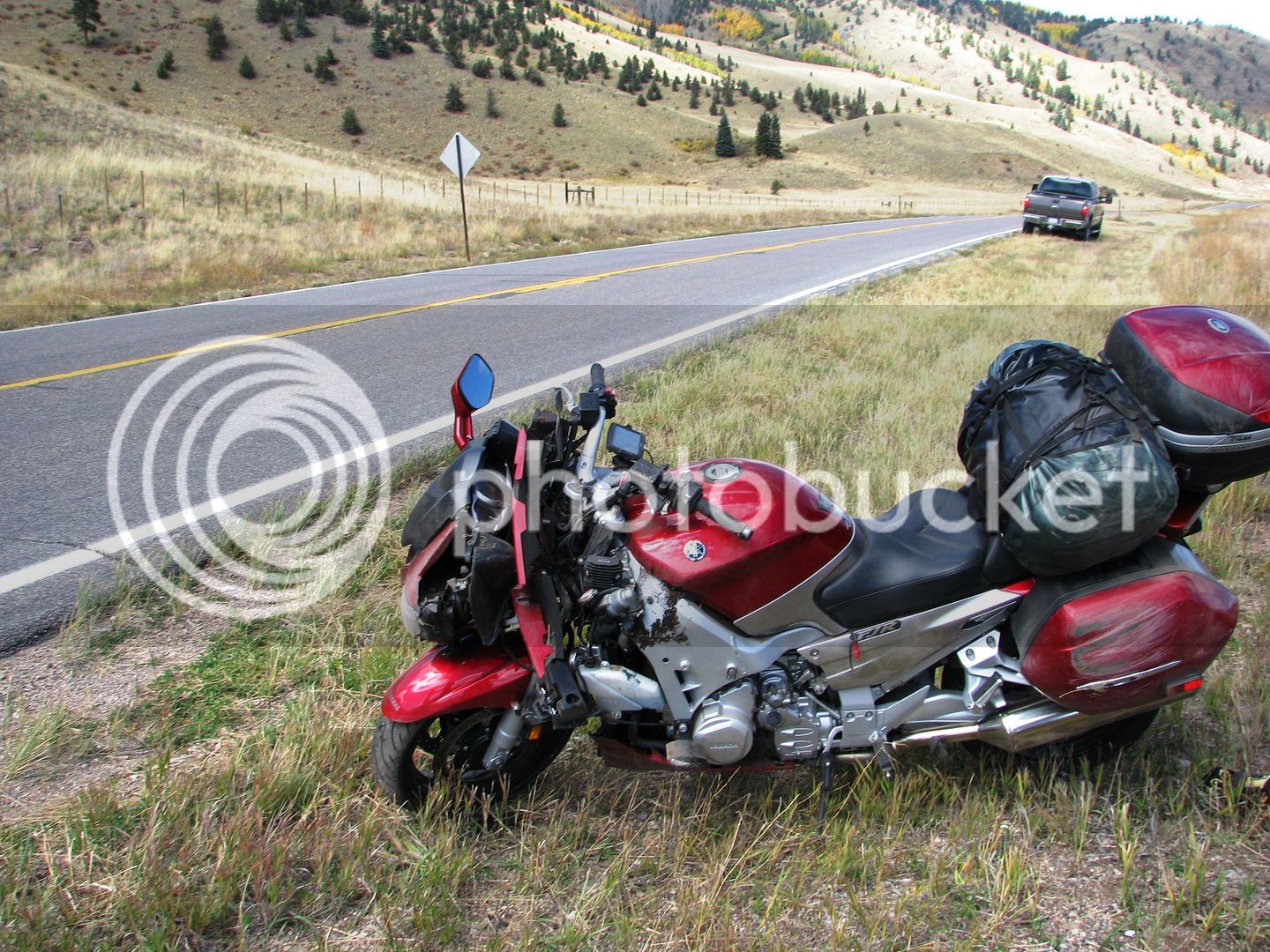wfooshee
O, Woe is me!!
As far as rack loading goes, the real support for the rack is the grab handles being loaded in tension. The weight of the top case is cantilevered out over the rear of the rear subframe. Without the grab handles, the rear bulkhead would have to support the load of a twisting moment. The grab handles resist that twist by carrying the load in tension. The OEM rack has been plastic, and the grab handles break under tension, which then allows the rear bulkhead to rotate under the load. The Givi steel tube rack is stronger, not because it carries more weight directly, but because it's stronger in tension. If the new rack is allow, it has to be better than the plastic rack. Is the new rack allow, or do you have to get that piece as a Yamaha replacement? In other words, will Yammy let you put the 50l case on the basic rack.....?
But I agree with Fred. There's no spreading load at the front of the rack. The front of the rack is in tension, and the only way it would be in compression is if you hit something at speed and threw the top case forward hard. That situation would have other issues beside the top case and its mount.

But I agree with Fred. There's no spreading load at the front of the rack. The front of the rack is in tension, and the only way it would be in compression is if you hit something at speed and threw the top case forward hard. That situation would have other issues beside the top case and its mount.

Last edited by a moderator:

































